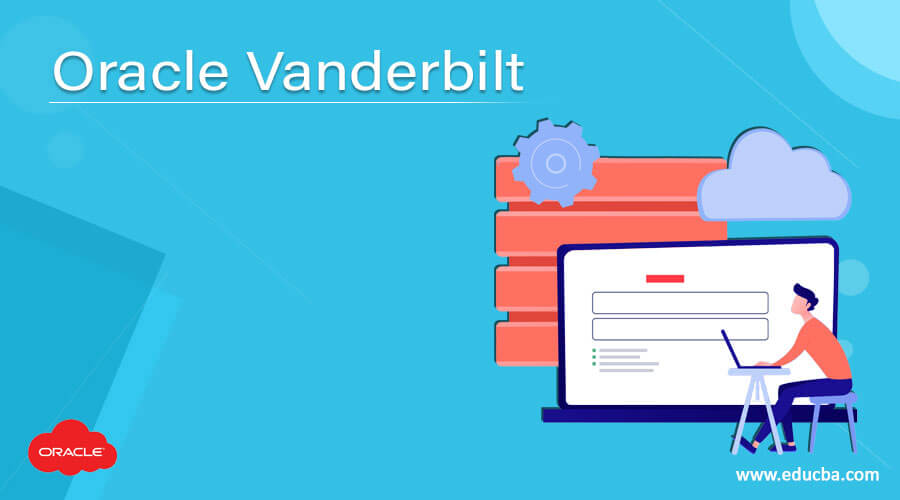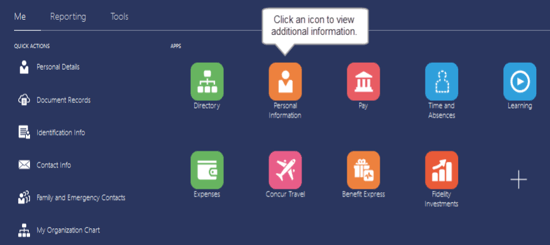Updated May 15, 2023
Definition of Oracle Vanderbilt
Oracle provides the different types of cloud applications for organizations to manage their entire system with the help of cloud applications such as ERP means Enterprise Resource Planning, CRM and HCM, etc. Now oracle will introduce Vanderbilt for the administrative processes and across the financial work. The Oracle Vanderbilt is less complex and provides more efficiency while using the system application. Oracle Vanderbilt financial, administrative, and research support system did not participate enthusiastically in the rapid growth in scale and complexity of the organization. There are many reasons to introduce such as it is enabled to provide the scope and quality to customers in desired work, so the Oracle Cloud product will replace a number of current applications and provide better service to the customer.
Why do we need Oracle Vanderbilt?
Every organization is required to have new technologies that allow them to perform different kinds of operations. They also need to use quality of data for better outcomes such as single application provides the different options, they can run their organization faster with smart work, they also need to run their organization more efficiently and securely. On the other hand, origination also needs transparency in their business as well as also need higher-level control and governance.
How does Oracle Vanderbilt works?
Let’s see how Vanderbilt works in the Oracle cloud as follows.
Basically, it has different approaches as follows.
1. Adopt a Solution Driven Approach
Every organization focused on the future. That is process design, openness and roles, and responsibilities. The solution-driven approach means that the Oracle Cloud project works on that particular scenario, for example, oracle cloud works on a solution-driven approach rather than the requirement-driven approach.
The oracle Vanderbilt adopted a solution-driven approach because it avoided the scope creep probability as well as it also avoided the potential barriers to processing transactions.
2. Leverage Cross-Functional Design
In this approach, organizations define the future state business need to relate complex cross-modular functions. So Oracle Vanderbilt formed a workgroup for cross-functional design. The workgroup consisted of representatives from the central fiancé areas, project management, and HR as well as all related stockholders.
3. Test More Than the Technology
Organizations should move toward all parts of arrangement and testing with a business interaction point. That implies testing everything — something other than innovation. The testing technique at Vanderbilt consisted of two key parts: Conference Room Pilots (CRPs) and framework joining testing.
4. Conference Room Pilots
Oracle Vanderbilt has three rounds of Conference Room Pilots. The first round is based on the primary values generated during the workgroups. Testing the business process is an important task in round one of Conference Room Pilots at the same time Oracle Vanderbilt determines how to further configuration is enhanced. In the second round, it tested more complex scenarios, the same process carried out in the third round with improvement of data. Each organization has its own choice to decide how many rounds they need to feel comfortable with foundational business processes.
5. System Integration Testing
After successfully installing the cloud we need to perform the system integration testing, for Vanderbilt cloud implementation the testing team test end-to-end flows by using the multiple business processes with current converted data and configuration.
They utilized the business cycles to manage the number of situations they would test. For every business cycle, the useful colleagues would create situations applicable to their job. The rundown of situations developed, and Vanderbilt utilized a devoted executive’s programming to archive itemized contents to reproduce the means expected to play out the assignments in every situation.
Vanderbilt took in the keys to an effective execution that required an answer-driven methodology, a cross-useful plan, and a testing interaction that went past innovation necessities.
Advantages and disadvantages
Advantages
- We can access our personal information in the Oracle cloud.
- We can see our Payslips in the oracle cloud.
- We are also able to create and submit the oracle expense report.
- It helps us to determine correct cloud system access from a security point of view.
- It replaced the multiple system or applications into a single integrated application.
Disadvantages
- It has a complex to define roles and access control of users.
- Each time we need to define the role of the center from a security point of view because access control is distributed.
- Easily it gives quick lookups.
- It has a different console for different users.
- It is easy to navigate CRF.
Examples
Now let’s see the different examples of Oracle Vanderbilt as follows.
See in above screenshot shows the different options such as Me, Reporting, and Tool as shown in screenshot and it appears on the home page. Under the Me menu, we have different options such as personal details, document details, identification information, and contact info. As well as it shows some options on the right side such as directory, personal information, pay scale-related information, time and access, facilities, benefits, etc. as per requirement we can select any option and see details with the respective option.
In the next screenshot we the front end example of the Oracle Vanderbilt as shown in below.
All screenshots we import from the official website.
Usage of Oracle Vanderbilt
- It is used to maintain HR Payroll.
- It is also used to maintain the HR benefits-related information, HR records, and internal Tax.
- The main purpose of Oracle Vanderbilt is that system optimization that is Oracle cloud.
- It is used to manage the request and provide assistance.
- It uses the abundance data for a better result.
Conclusion
We hope from this article you have understood about the Oracle Vanderbilt. From this article, we have learned the different examples of Oracle Vanderbilt. We also see what are the advantages and disadvantages of Oracle Vanderbilt. From this article, we learned how and when we use the Oracle Vanderbilt.
Recommended Articles
This is a guide to Oracle Vanderbilt. Here we discuss the definition, How does Oracle Vanderbilt works?, Advantages and disadvantages respectively. You may also have a look at the following articles to learn more –





